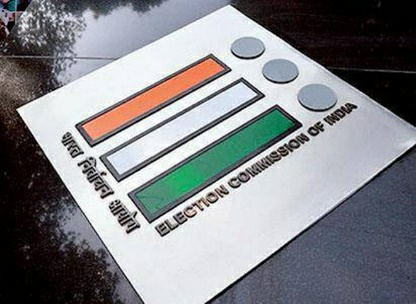Free Courses Sale ends Soon, Get It Now


Free Courses Sale ends Soon, Get It Now



Figure 1: No Copyright Infringement Intended
VVPAT:
© 2024 iasgyan. All right reserved